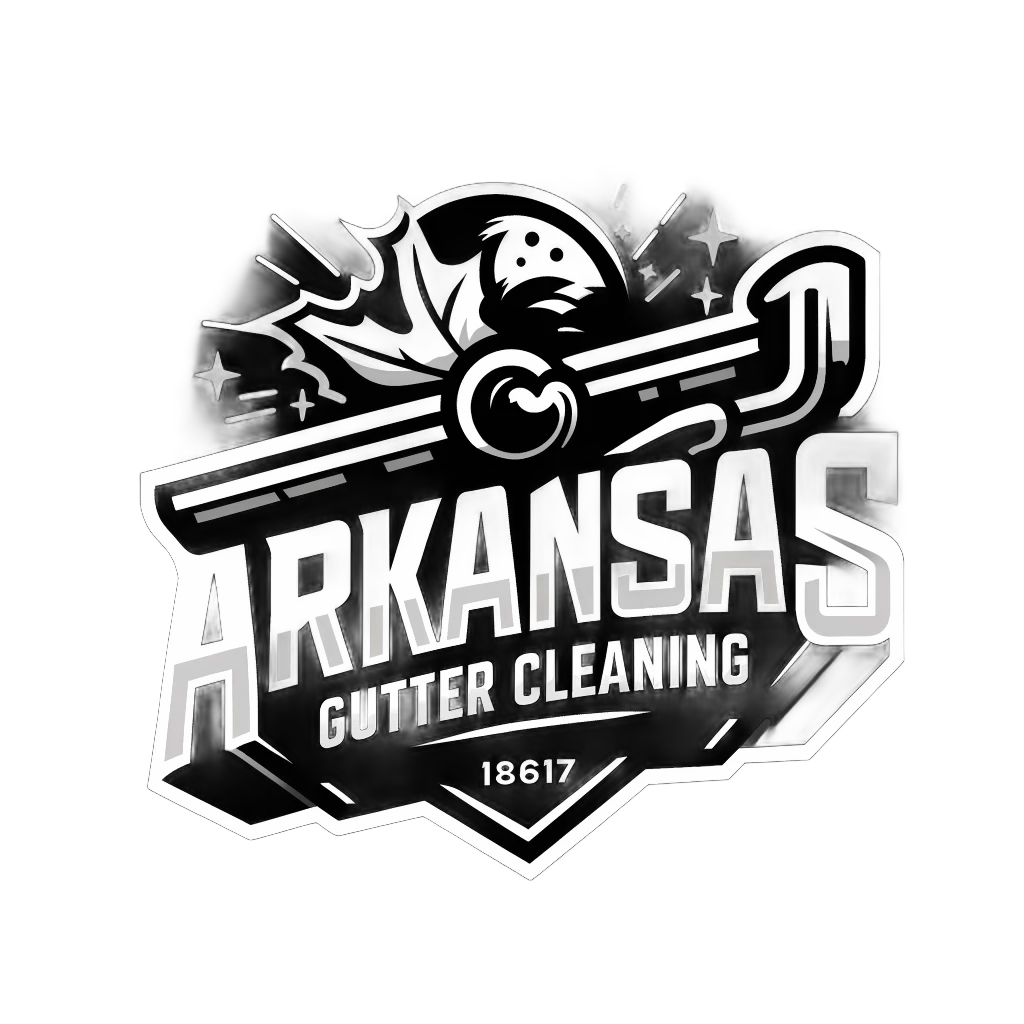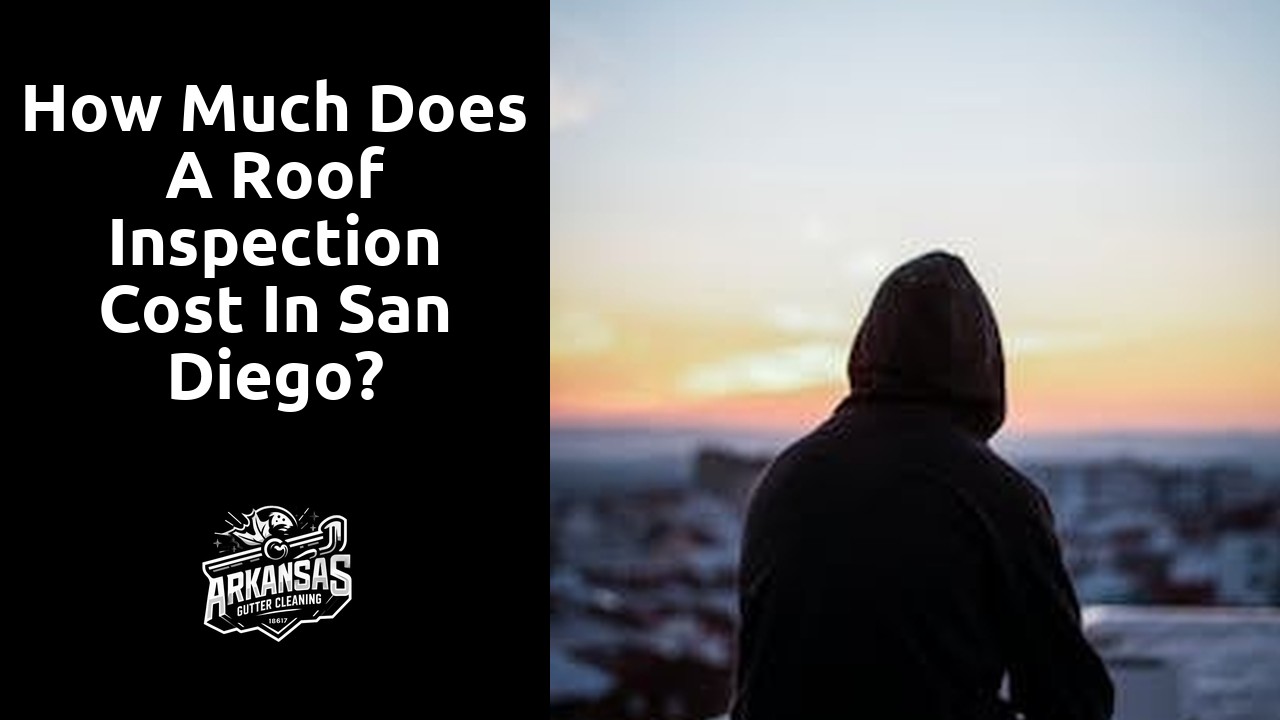Table Of Contents
DIY Roof Inspection Tips
When conducting a DIY roof inspection, it is important to ensure your safety first and foremost. Begin by examining your roof from a distance to look for any obvious signs of damage or debris. Use binoculars if necessary to get a closer look at the condition of your roof without risking injury. Check for any missing, cracked, or curling shingles, as these can be indicators of potential issues that may need professional attention.
Next, inspect the gutters and downspouts for any clogs or overflow. Clear any debris that may be blocking the flow of water to prevent water damage to your roof and home. Look for signs of water stains or mold on the ceiling inside your home, as these can be indications of a roof leak. Additionally, check for any sagging areas on the roof, as this could signify structural damage that requires immediate action to prevent further issues. By performing a thorough DIY roof inspection regularly, you can catch potential problems early and save on costly repairs in the long run.
Signs of Roof Damage
Roof damage can manifest in various ways, and it is crucial for homeowners to be able to identify the signs early on. One common indicator of roof damage is missing or damaged shingles. If you notice any shingles that are cracked, curling, or completely missing, this could be a sign that your roof is in need of repair. Another sign to look out for is water stains on your ceiling or walls, which could indicate a leaky roof.
Additionally, sagging areas on your roof could be a clear indication of structural damage. If you notice any areas where the roof is sagging or dipping, it is important to address this issue promptly to prevent further damage. Keep an eye out for any signs of a damaged roof to ensure the longevity and safety of your home. Regular inspections and prompt repairs can help you avoid costly and extensive damage in the long run.
Benefits of Professional Roof Inspections
Professional roof inspections offer numerous benefits that can potentially save you a significant amount of money in the long run. One of the main advantages is the ability to detect any issues or damage early on, allowing for prompt repairs before they escalate into more costly problems. By investing in regular professional roof inspections, homeowners can proactively address minor issues before they turn into major headaches.
Furthermore, professional roof inspections can provide peace of mind by ensuring that your roof is in optimal condition to protect your home and belongings. Roofing experts have the knowledge and experience to thoroughly assess your roof for any signs of wear and tear, potential leaks, or structural damage. By having a professional inspect your roof, you can rest assured that your home is well-maintained and safeguarded against the elements.
Preventing Costly Repairs
Regular roof inspections are crucial in preventing costly repairs down the line. By catching potential issues early on, homeowners can save a significant amount of money on major repairs or even a full roof replacement. It’s recommended to schedule annual inspections, particularly after severe weather events like heavy rain or strong winds. Identifying problems such as leaks, missing shingles, or damaged flashing sooner rather than later can help avoid more extensive damage to the roof structure and interior of the home.
Proactive maintenance is key to ensuring the longevity and functionality of your roof. In addition to professional inspections, homeowners should also keep an eye out for signs of damage themselves. Checking for loose or damaged shingles, algae growth, or sagging areas can alert you to potential issues that need to be addressed promptly. Taking the time to perform regular maintenance and address any problems promptly can ultimately save you money in the long run.
What to Expect During a Roof Inspection
During a professional roof inspection in San Diego, the first step typically involves the inspector examining the exterior of the roof. This includes looking for missing or damaged shingles, signs of wear and tear, and any potential issues such as leaks or holes. The inspector will also check the condition of the roof’s flashing and gutters to ensure proper functionality and drainage.
After inspecting the exterior, the inspector will move to the interior of the property to check for any signs of water damage or leaks that may have penetrated the roof. This part of the inspection may involve checking the attic for proper insulation, ventilation, and signs of mold or mildew. The inspector will document their findings and provide a detailed report outlining any issues discovered during the inspection.
Detailed Roof Assessment
During a detailed roof assessment, a professional inspector will thoroughly examine all aspects of your roof to identify any issues or potential problems. The inspector will carefully inspect the roof covering, looking for signs of damage such as missing or broken shingles, warped tiles, or excessive wear and tear. They will also assess the condition of the flashing around vents, chimneys, and other roof penetrations to ensure there are no leaks or vulnerabilities.
In addition to examining the roof covering, the inspector will also inspect the roof structure to ensure its integrity. This includes checking for any sagging or uneven areas, signs of rot or water damage, as well as assessing the condition of the gutters and downspouts. By conducting a comprehensive roof assessment, the inspector can provide you with a detailed report outlining any issues found and recommend the necessary repairs or maintenance to keep your roof in top condition.
FAQS
How much does a roof inspection typically cost in San Diego?
The cost of a roof inspection in San Diego can vary depending on the size of the roof, its condition, and the specific services included. On average, homeowners can expect to pay between $150 to $400 for a professional roof inspection.
Are there any additional charges that may apply during a roof inspection in San Diego?
Some additional charges that may apply during a roof inspection in San Diego include repairs, replacement of damaged shingles, gutter cleaning, and the need for specialized equipment to access hard-to-reach areas of the roof.
Is it worth investing in a professional roof inspection in San Diego?
Yes, investing in a professional roof inspection in San Diego is worth it as it can help identify any potential issues early on, prevent costly repairs in the future, and ensure the safety and longevity of your roofing system.
How often should I get a roof inspection done in San Diego?
It is recommended to get a professional roof inspection done in San Diego at least once a year, preferably in the spring or fall, to assess the condition of your roof and address any issues before they escalate.
Can a DIY roof inspection be as effective as a professional inspection in San Diego?
While a DIY roof inspection can help homeowners identify obvious signs of damage, a professional inspection in San Diego is more thorough and can uncover hidden issues that may not be visible to the untrained eye.

